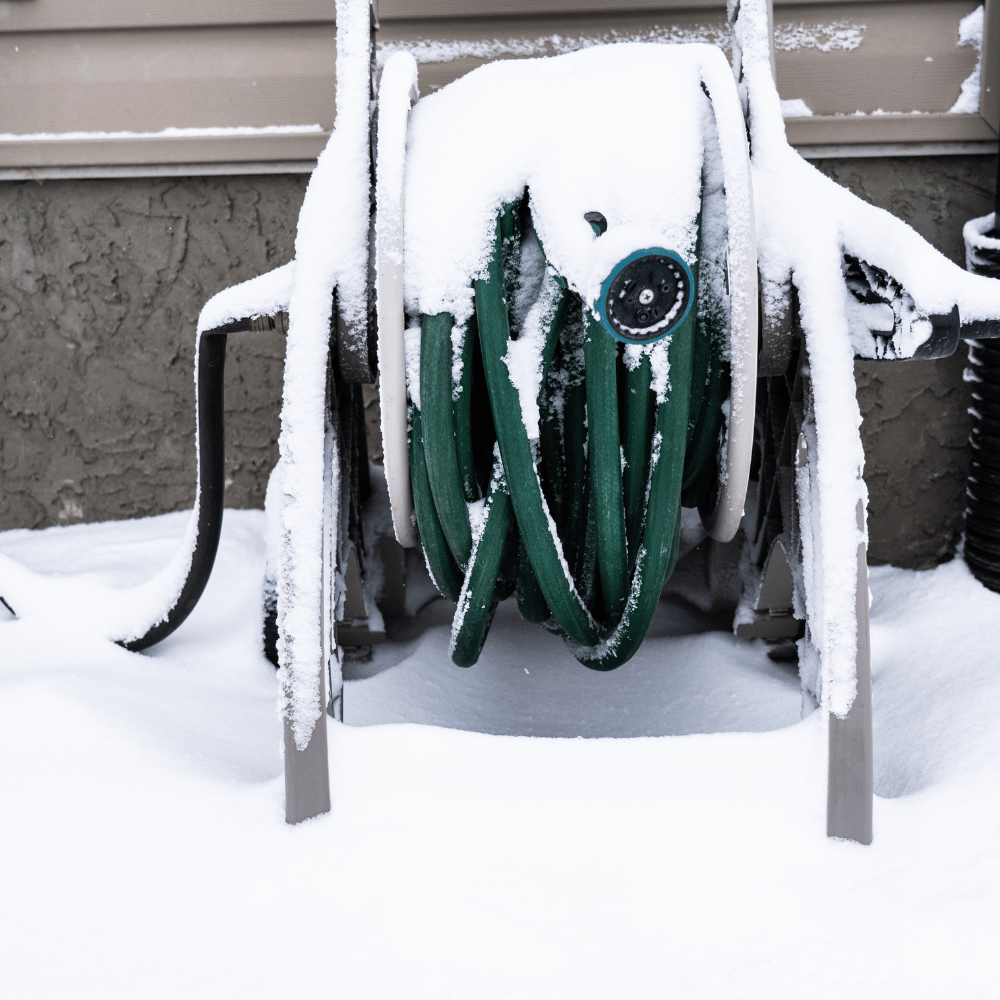Winter brings its own set of challenges when it comes to lawn care, and proper watering practices play a crucial role in maintaining a healthy and resilient lawn. While grass growth slows down during the colder months, adequate moisture is still essential for the overall health of your turf.
Understand the Watering Needs
During Winter, lawns typically require less water compared to the warmer months. The reduced evaporation rate and slower grass growth mean that the soil retains moisture for longer periods, this is even more evident in shaded areas. However, it is crucial to provide occasional deep watering to prevent the grass from becoming excessively dry and stressed. Feel the soil with your fingers or use a soil moisture meter to gauge its dryness. If the top few inches of soil are dry, it’s an indication that it’s time to water.
Choose the Right Time
Water your lawn during the warmest part of the day in winter, typically between 10 am and 2 pm. This timing allows the grass blades to dry before the colder evening temperatures set in, reducing the risk of fungal diseases. Avoid watering in the late afternoon or evening, as the prolonged wetness can encourage fungal growth.
Deep Watering Technique
Whenever you water your lawn, aim for deep watering sessions. Apply enough water to penetrate the soil to a depth of around 4 to 6 inches. Deep watering encourages the grass roots to grow deeper into the soil, promoting a stronger and more drought-resistant lawn. Watering deeply also reduces the frequency of watering required.
By following these guidelines, you can ensure that your lawn receives the right amount of water during Winter.

